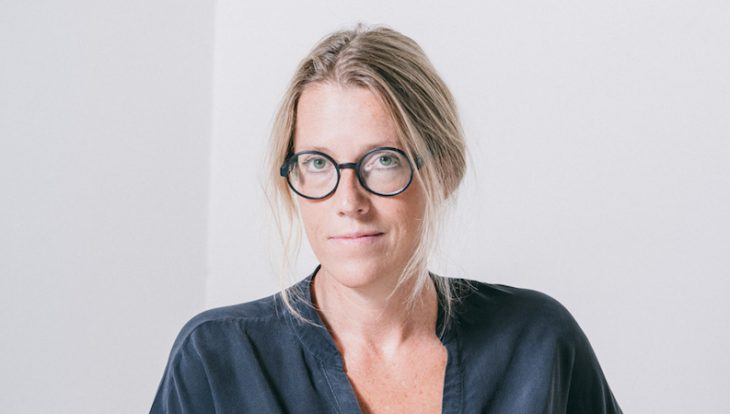WDM was fortunate to catch up with Barcelona based designer Jeannette Altherr who kindly answered several questions about her recent work.

Jeannette Altherr is one half of the Barcelona-based design studio Lievore Altherr, which she runs with partner Alberto Lievore. The multidisciplinary studio specializes in product design & development, strategic consulting, creative direction, art direction and ephemeral architecture for internationally recognized design companies. German-born Altherr develops award-winning products and projects using an established strategy: a creative concept integrating product design and its communication. In her role as creative director of the Italian furnishings company Arper, Altherr’s holistic approach comes to light with humanist character in search for the essential, a vision she’s worked with Arper to realize through color, product, spaces and more. This combined with a sensibility that transmits harmony and balance – characterize the designs of Jeannette Altherr and her work with Arper.
Your work is comprised of several disciplines and design across many product types. How does your work in one area inform the others?
There is a constant interchange between our work in product design, interior design and art direction. When designing a new product, we think about function and how a piece will be used within an interior. Whereas, providing art direction for a photoshoot involves a deep sense and understanding of composition and color, which often informs the colors and finishes offered for a product. It widens our perspective and understanding.
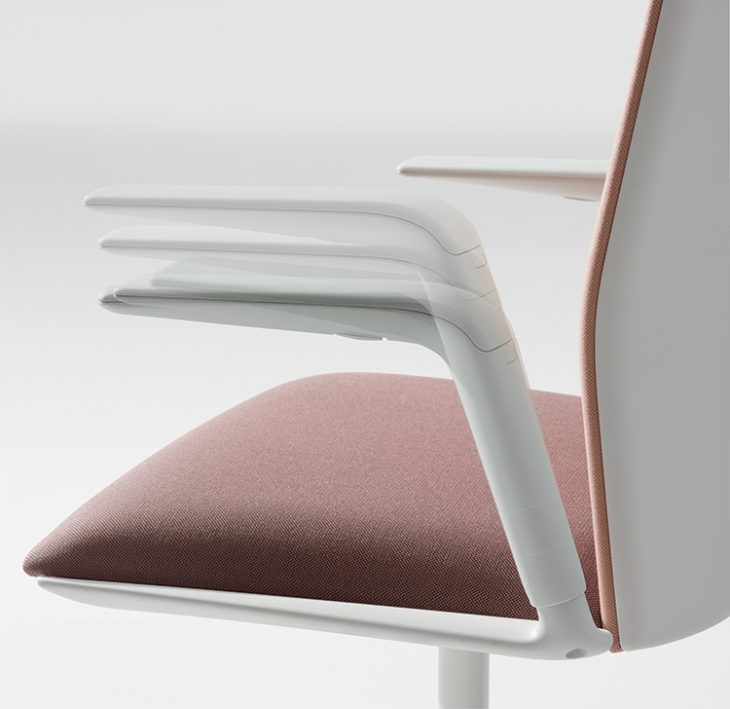
Your recent designs for Arper are geared for use in multiple workplace situations. Thinking back over several years what do you think are the most significant changes in workplace that have made you think about your product designs differently?
For sure the digital revolution, which transformed the anonymous functional workspace into a wide range of more flexible workspaces with diverse expressions. Arper’s Kinesit chair is a clear example of a product designed in response to this shift. Before workplaces went digital, we were never interested in doing a standard task chair. But, with more technology in the office, the use of laptops and smartphones made us ask ourselves why a work chair couldn’t have the same integrated, invisible and intelligent use of smart technology as our digital devices? And, at the same time, be beautiful, to aesthetically allow for seamless integration into all kinds of different environments, from the office to the home.
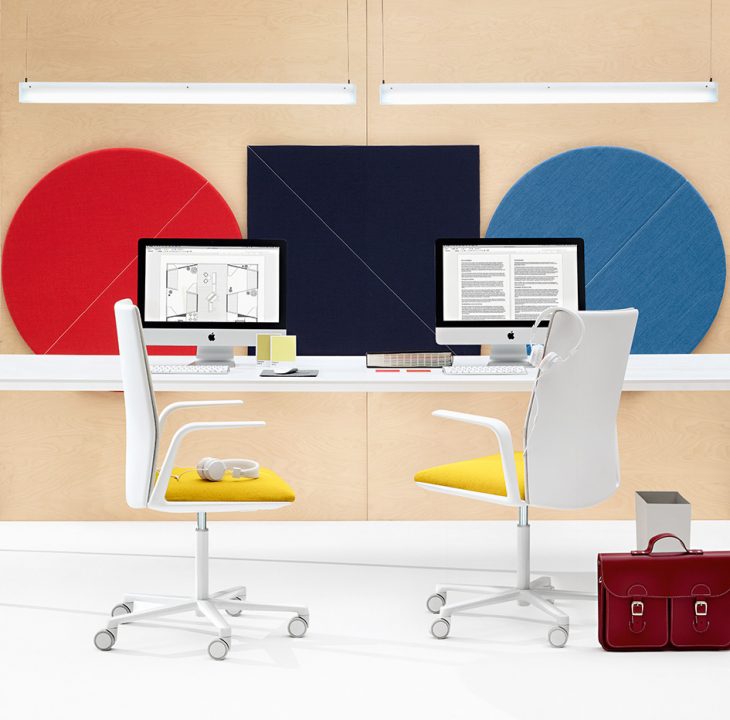
With all the focus on “collaboration” and “productivity” I see your product Paravan as a solution to manage space definition and create zones of privacy without permanent walls. What other products do you see evolving to manage those issues of acoustics and visual distraction that are front and center in the complaints about the open office?
With Paravan we introduced a freestanding acoustic solution with a minimal approach. The design is visually quiet, yet elegant and incredibly versatile and functional. On the other hand, with Parentesit we explored more decorative wall hanging options because sometimes there is no space for freestanding pieces; and it can also be used in a more sculptural way. Both offer acoustical benefits, but on two different sides of a spectrum. Paravan will evolve into a larger collection, with a lot of nice additions, so stay tuned for more in 2019.

Are you ever surprised about how designers specify or use your product designs for Arper in actual installations? If so, how? Can you give an example?
Yes, sometimes it makes us discover aspects that we haven’t thought about. For example, in a project Catifa was used with the same shell color, a sand tone, but with different colors of the legs. That was something we never thought about, and it looked great. Sometimes it is rather raising questions, like why interior designers don’t use the bicolor options of Kinesit more often, for example. It makes us think about how furniture is used in interior design and consider what designers, as well as their clients expect from Arper.
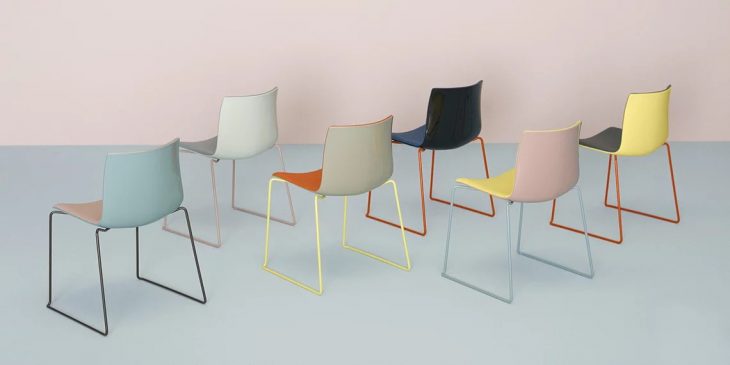
How does working from your base in Europe affect how you approach making products that need to work globally? There seems to be a big influx and influence of European design overall, and an increase of products being shown and marketed across oceans and borders. Thoughts?
Yes, in general the world seems to have become more uniform in some respects, largely because of the constant connectivity we experience through the internet and social media. With more and more companies operating globally with an international business model, you now see the same big brands everywhere. But maybe this trend is just symptomatic of a moment? A common place, because regional identity has become harder and harder to define—at least not in the way we used to think about.
Europe has a long history of design. The question is, what do we preserve from the past? And, how does that evolve into our contemporary identity? Identity in general is getting more complex. We all have multiple identities. In the future, I think we will start to see other regions start to think more about their own, genuine identity. I am really looking forward to seeing how this shift will enrich the spectrum of design expressions around the world.
With all the chatter on millennials and Gen Z – do you think about the issues around designing for the multi-generational work force?
Yes, but from a rather intuitive perspective. With the way we work, can relate to and often feel closer to these younger generations than to the older generation. It is more so an object of debate among clients. The problem here is that societies evolve in different rhythms at the same time. This multiplicity of parallel perspectives coexisting within an office can be hard for companies to manage because it multiplies everything: the products, the communication, and so on. So, how do you allocate resources and adapt to various needs? Concentrate on making one demographic happy, or try to consider them all?
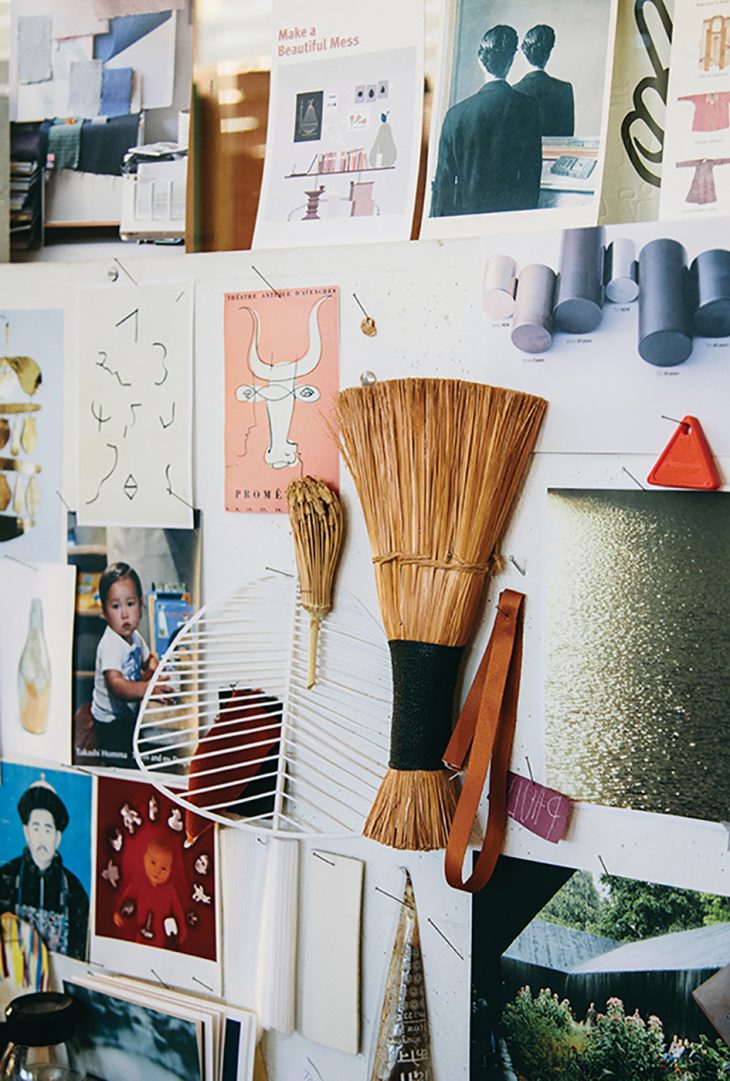
Where are some of the places, things you draw on for inspiration?
Inspiration can come from everywhere. There is rarely a direct translation from one visual element to another. It is rather a very complex process of connecting and processing many different inputs, from a macro perspective to a little detail. But the underlying factor that informs all we do is how we think about a how an Arper design should feel—the sensations, the evocative power it should have.
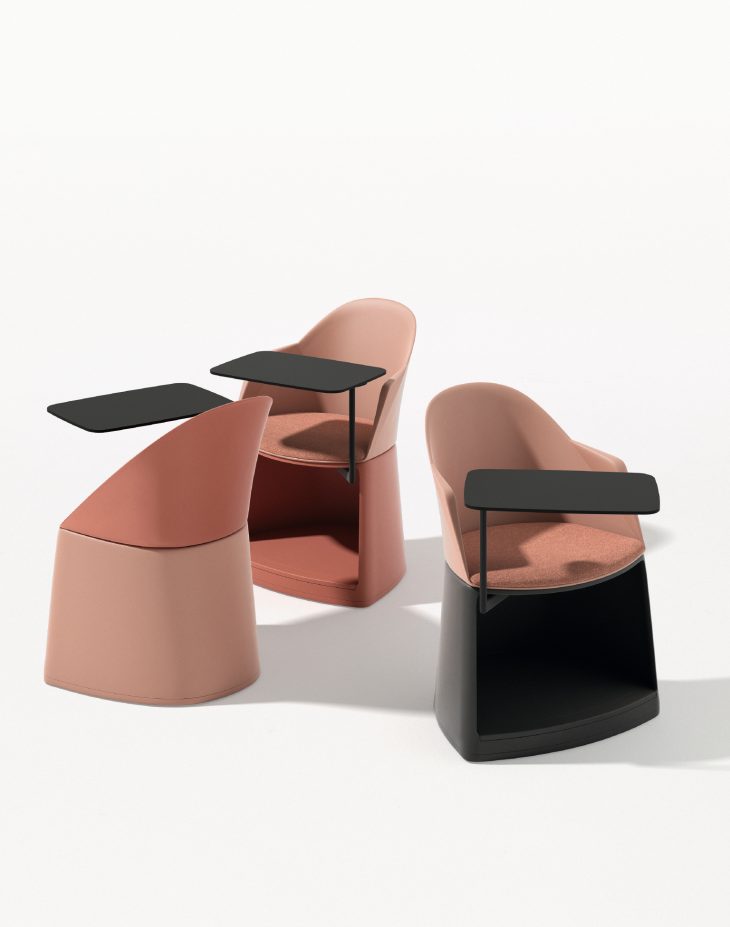
Can you discuss your process in designing a product – starting from idea to development to production to marketing? Is it a fluid process for you?
It is a constant reshaping. When we start to think about how to shoot the products, we might discover the need for unexpected additions. At the same time, we translate our initial ideas or motivations behind the products into a written and visual story.
We look forward to seeing what new products Jeannette is currently working on at future events!
Learn more about Arper and Lievore Altherr.

